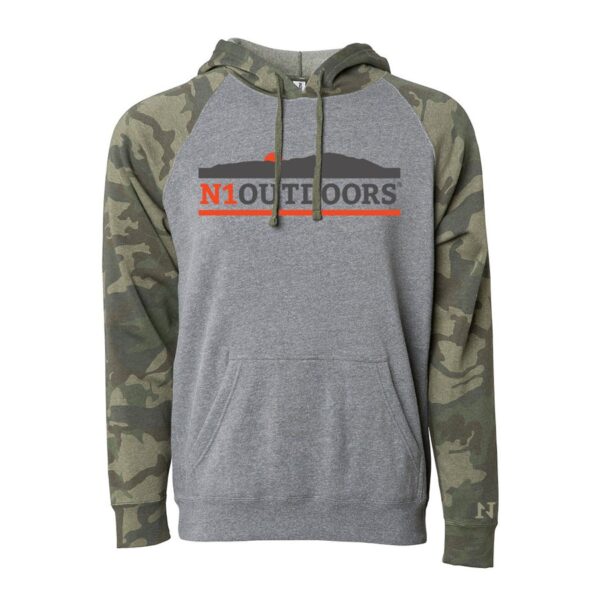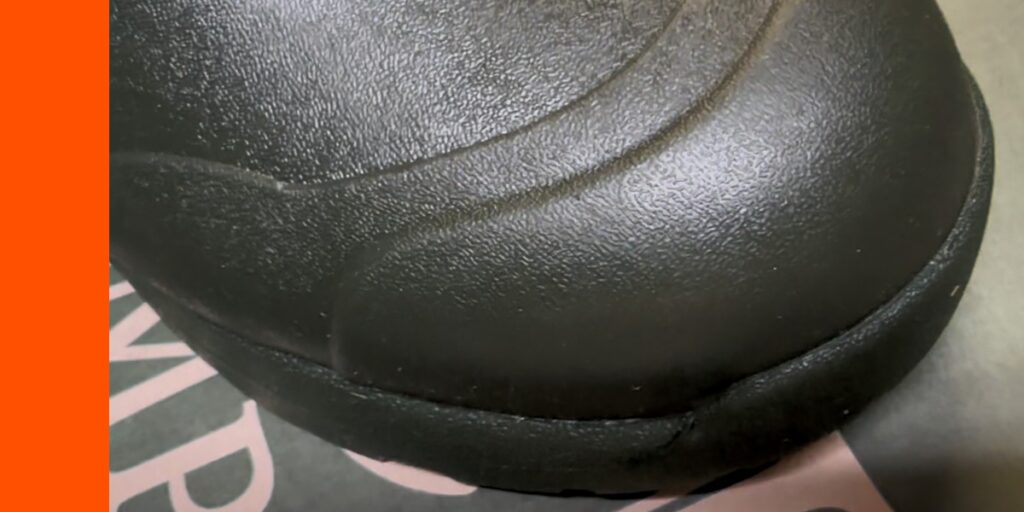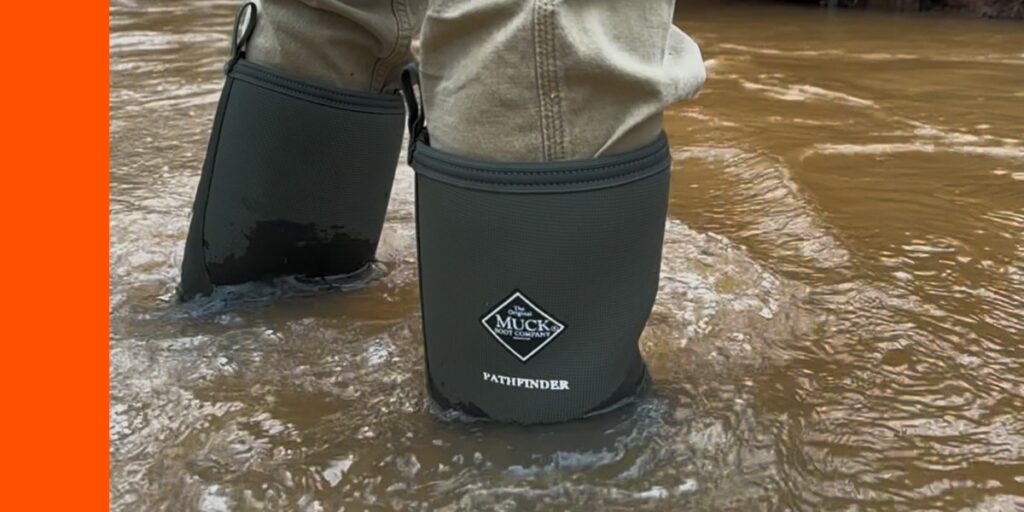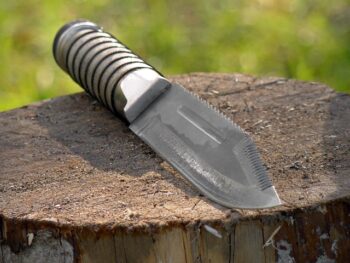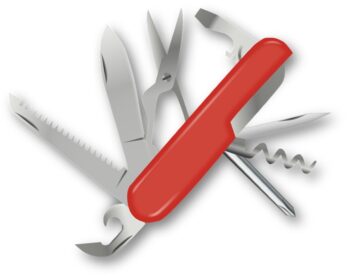They don’t give participation trophies for quality hunting boots. After all, if you’re going to spend good money on boots, you want quality, durability and functionality. With a lot of great boots on the market, sometimes it can be hard to decide whether they’re going to be good or bad before spending the money.
So, let’s take a look at the Trophy Series Tall Hunting Boot from the Rocky Boot Company and see if they are in fact, a trophy!
Trophy Series Tall Hunting Boot Overview

Is the Trophy Series Tall Hunting Boot from the Rocky Boot company a winner? Let’s find out!

The Trophy Series Tall Rubber Hunting Boot is 14 inches tall, with a durable multi-terrain rubber outsole, designed to provide comfort and performance through swamps and wetlands, keeping you dry and protected when it’s needed most.
The Trophy Series Tall Hunting Boot features a waterproof upper with a three-millimeter neoprene bootie and a guaranteed Rocky Waterproof construction.
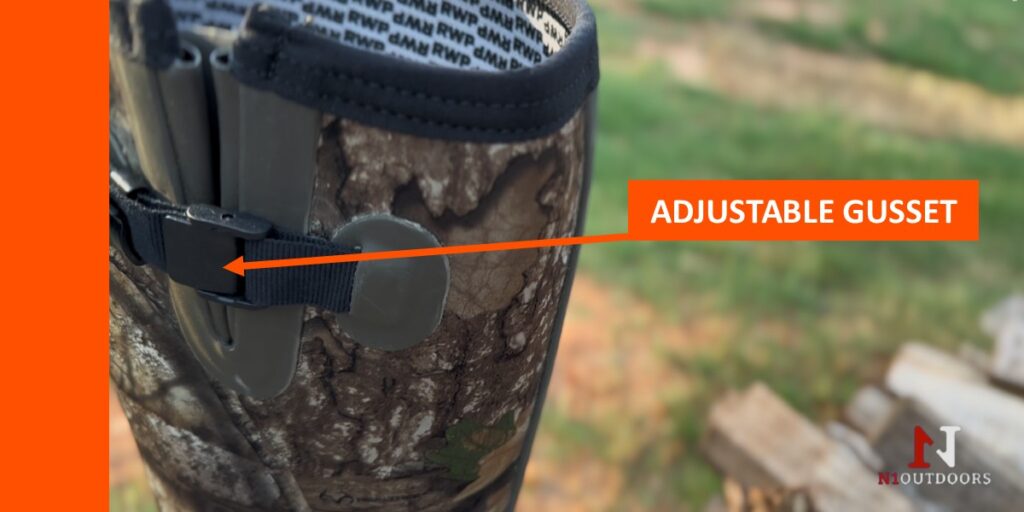
An adjustable gusset provides a comfortable fit around your calf while also allowing easy on and easy off.

The Trophy Series Tall Boot has a light and flexible cement construction on the outside…

combined with a Rocky® Air-Port Lite® Sponge PU Footbed and Memory Foam on the inside, so you can have all-day comfort.
More great hunting apparel HERE!
The Gritty Details
So, there are two little details about the Trophy Series from Rocky Boot that I really did like.
One is going to seem really simple but it’s the fact that they just fit true to size. Especially when ordering boots online, you worry, “am I going to have to order a size bigger or smaller? Will these really fit?”
The Trophy Series Tall fit true to size. I wear a size 12, so I ordered a size 12 and they fit perfectly. So, that’s just one little detail that’s a positive about this boot. The other thing is that the traction on these boots is outstanding.

When in the woods, walking up creek banks, etc, there were zero issues with traction. They have great traction!

The the thing I really liked about the traction of the Trophy Series Tall is that it’s not really hard rubber. It actually has some give to it. So, in addition to the footbed being comfortable, the outer sole in the traction has some give to it. So that just makes for a more comfortable day in a set of boots.

Another little positive detail about this boot is the rubber portion of the boot does not come up mid-shin. So, it ends right at the ankle area which may not seem important. But, when you’re in the woods and you’re squatting down or you’re kneeling, that is something that if that rubber portion goes up too high on the shin, then it’s just not comfortable, because it’s not easy to flex your ankle and your leg. This boot isn’t like that, and it makes it much more comfortable while scouting.

The Trophy Series Rocky Waterproof Construction is legit. No leakage at all.
Final Thoughts on Trophy Series Tall Hunting Boot
The Trophy Series Tall Boot is just a great boot for not only scouting, but also doing work outside in the yard, getting some work done on the garden. It’s a great choice for an all-around boot and it’s one that we recommend.

Not only is the Trophy Series Tall Boot a winner in the field, it’s so comfortable, that it can be a go-to in the yard or garden.
We hope you enjoyed our review of the Trophy Series Tall Hunting Boot. Be sure to check out our other outdoor gear reviews as well!



